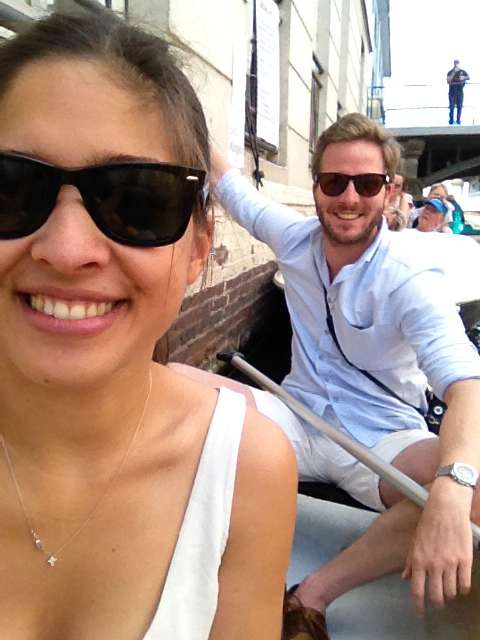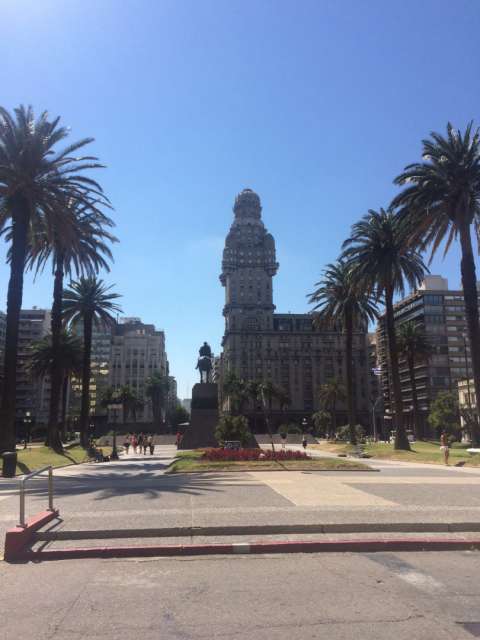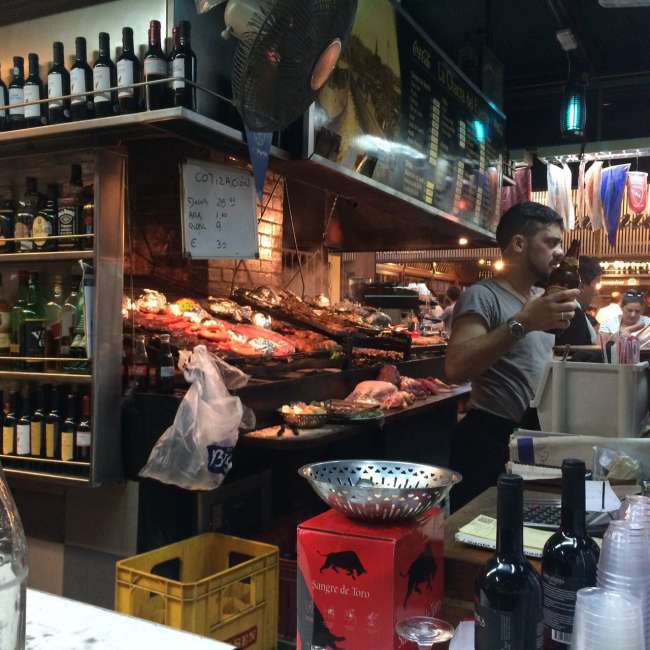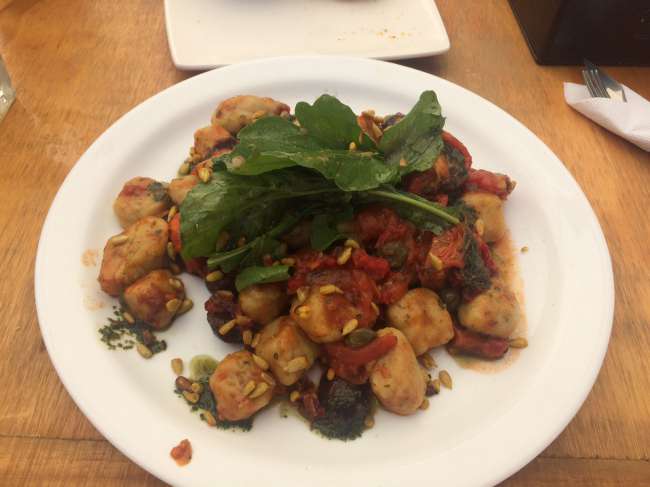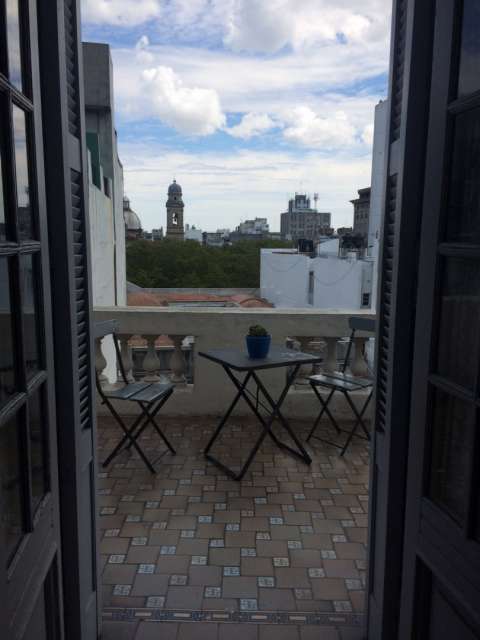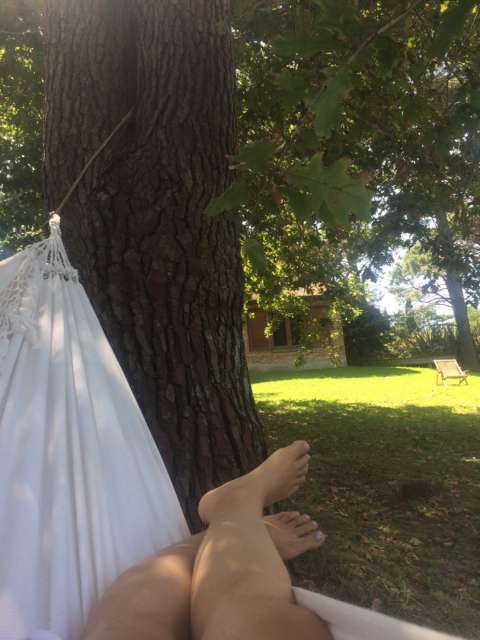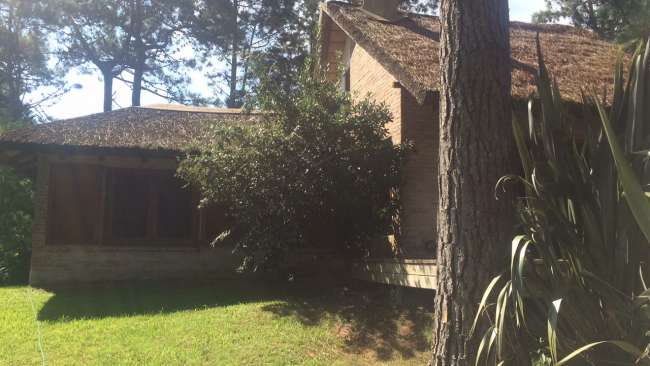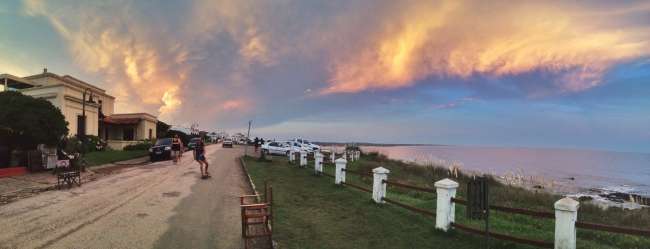Logbook: Uruguay
Argitaratu: 02.03.2017
Harpidetu Buletinera
When I thought of South America, I always had these typical pictures in mind: the Amazon, Indians, colorful hustle and bustle in dark cities, in front of sheet metal huts or old run-down houses, and always samba or tango dancers in the foreground. But I didn't really have a clue.
Accordingly, my curiosity was great when I was able to catch a glimpse of South America from the airplane for the first time. What I saw was very impressive: Sao Paulo, gigantic. The city seems almost endless with its numerous, identical high-rise buildings, the concrete and square streets. Slowly I realized the size that not only Brazilian cities must have, but also Brazil and other South American countries. And what would surprise me even more: how outdated my idea of South America was. After all, Sao Paulo alone was already so gigantic with its infrastructure and skyline that I could only imagine the romantic samba dancers on the streets with difficulty. But I would probably only get to know more on our trip through Brazil.
My first impression was confirmed when we flew from Sao Paulo to Montevideo and arrived in Uruguay. Many things immediately reminded me of the USA: the same square arrangement of the streets, the yellow-orange traffic lights, the green road signs, and even the license plates on the cars! That's roughly how I imagine the USA 50 years ago.
We arrived in Montevideo during carnival time. This meant that the city was much emptier than usual and most shops and restaurants were closed. The city seemed deserted to me. The approximately 1.2 million inhabitants must have disappeared on vacation. Nevertheless, you could still get an impression of the capital of this small country: an architectural mix of old European houses and new concrete buildings besieged by air conditioners. The city didn't seem particularly beautiful or charming to me. The old town was not particularly impressive either, as it had been partially modernized and also very touristy. But every now and then you could discover a few beautiful streets and houses and admire the somewhat cheesy taste of the South American facades. You could also occasionally catch a glimpse of the water, the Rio de la Plata, and watch the thick container and cruise ships passing by.

In Montevideo, I finally had the opportunity to try the famous parilla (the name for the meat grill) for the first time: Chorizo, Morcilla, and Asado. Since I'm not really a big fan of sausages, my enthusiasm was limited. But for sausage lovers, this must be paradise! It didn't taste bad, but it doesn't seem particularly healthy either. Especially when you consider that the Choripan (Chorizo in a bread roll) is the main food of Uruguayans. In any case, I will take every opportunity to eat something healthier. So the next day in the restaurant, I ordered gnocchi with tomato sauce (very boring, but good).

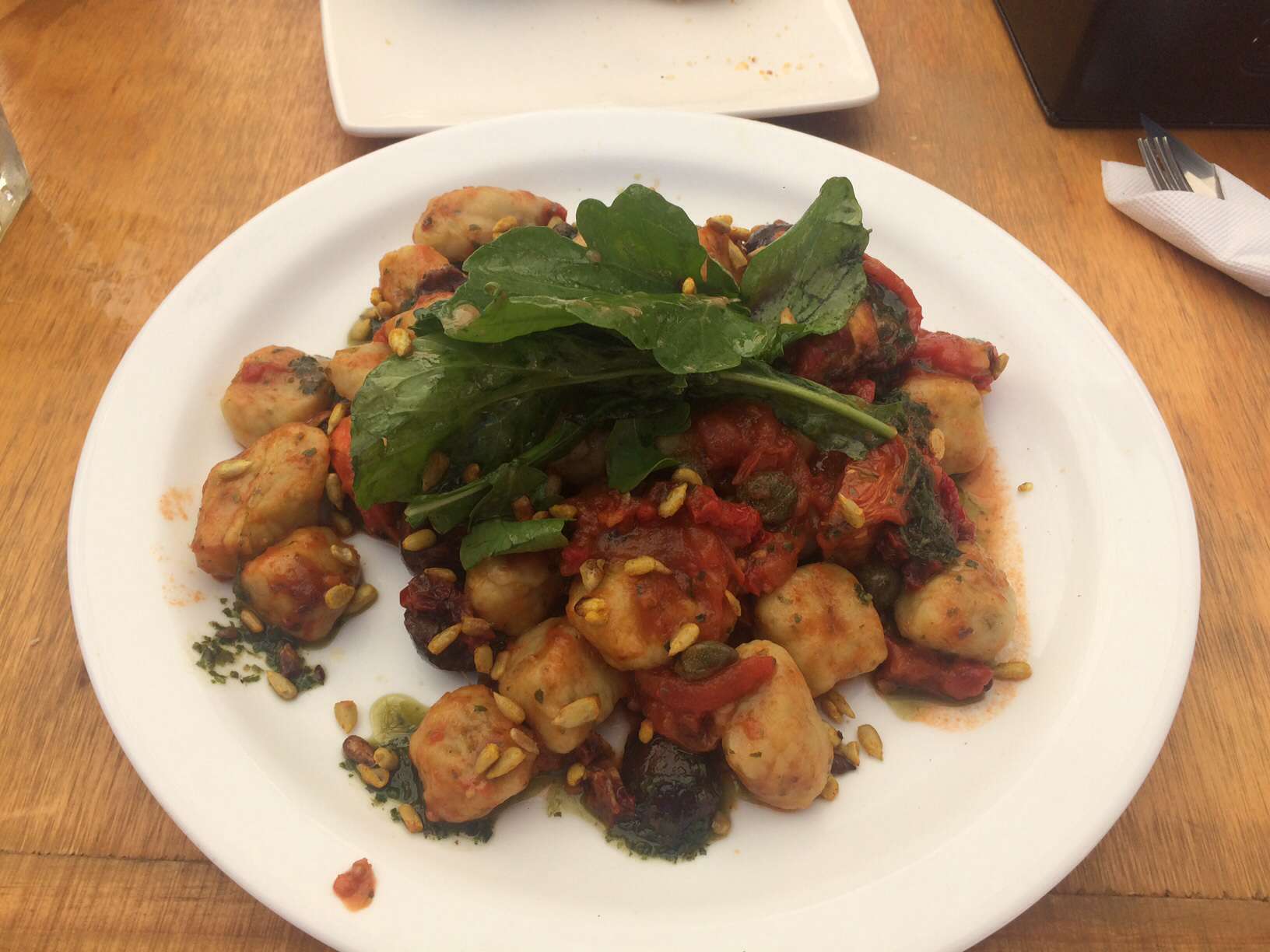
Our hotel in Montevideo was very charming. It wasn't particularly comfortable, but it was located in a beautiful old building that was particularly impressive because of its height. A beautiful antique metal elevator took us to the sixth floor: from here we had a very good view of the surroundings. The decor and the room reminded me of the old colonial era: many antique wooden furniture and a slightly worn wooden floor. For the first time since arriving, I felt that maybe my idea of South America wasn't so wrong after all. In any case, the Hotel Palacio transported me back to my romantic South American pictures. All that was missing was the cuddly Uruguayan Aunt Maria, who would call us down to eat from the bottom of the stairs, and the sounds of samba in the background. The picture was finally completed by specially brought speakers and a cuddly chambermaid!

We continued north along the coast after two days, towards La Pedrera. A small tranquil surfer village by the sea. Here we initially stayed in the house in the woods until we would move on to the house on the coast. The population of La Pedrera fluctuates between 48 and 15,000, depending on the season. 15,000 is a bit exaggerated, but during carnival, up to 15,000 party-hungry young people actually flock to the village, apparently because in the past, the carnival in La Pedrera must have been one of the most beautiful. Meanwhile, this has changed, so most of the residents in La Pedrera prefer to avoid the carnival and leave the village during these days so that the party-hungry crowd can have a blast.
Upon our arrival, we could guess a little bit about what had been going on here in the past few days: about 100 backpackers were still waiting at a bus stop to be picked up, and the main street was still filled with chairs and small stalls. However, it was pleasantly quiet in the house in the woods. But you shouldn't imagine the whole thing in complete silence, after all, the soundscape is characterized by bird chirping and cicadas. A typical jungle sound. There are parrots, hummingbirds, and many other small and larger birds, as well as thousands of mosquitoes and huge spiders. Allegedly, bats also used to live in the house until recently. But they were definitively blocked from entering the house with foam. Thank goodness!


After a short break, we set off on foot to the beach. A about 15-minute walk along unpaved country roads and through bushes actually leads directly to a hundreds of meters long sandy beach. It was very calm and empty here. However, the sea is quite wild with high waves, so accordingly, many surfers are there. After some time at the beach, we went in search of a bar. There must be a beach bar in South America, right? But the search was not that easy. The few bars and restaurants in La Pedrera have taken a break after carnival. But right next to the house on the coast, we finally found a place and spent time there until the sun went down. A really beautiful pink sky formed for this.

Harpidetu Buletinera
Erantzun
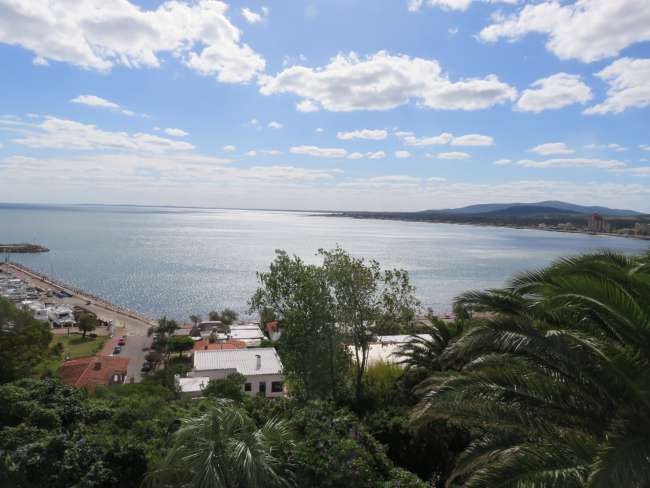
Bidaien txostenak Uruguai

